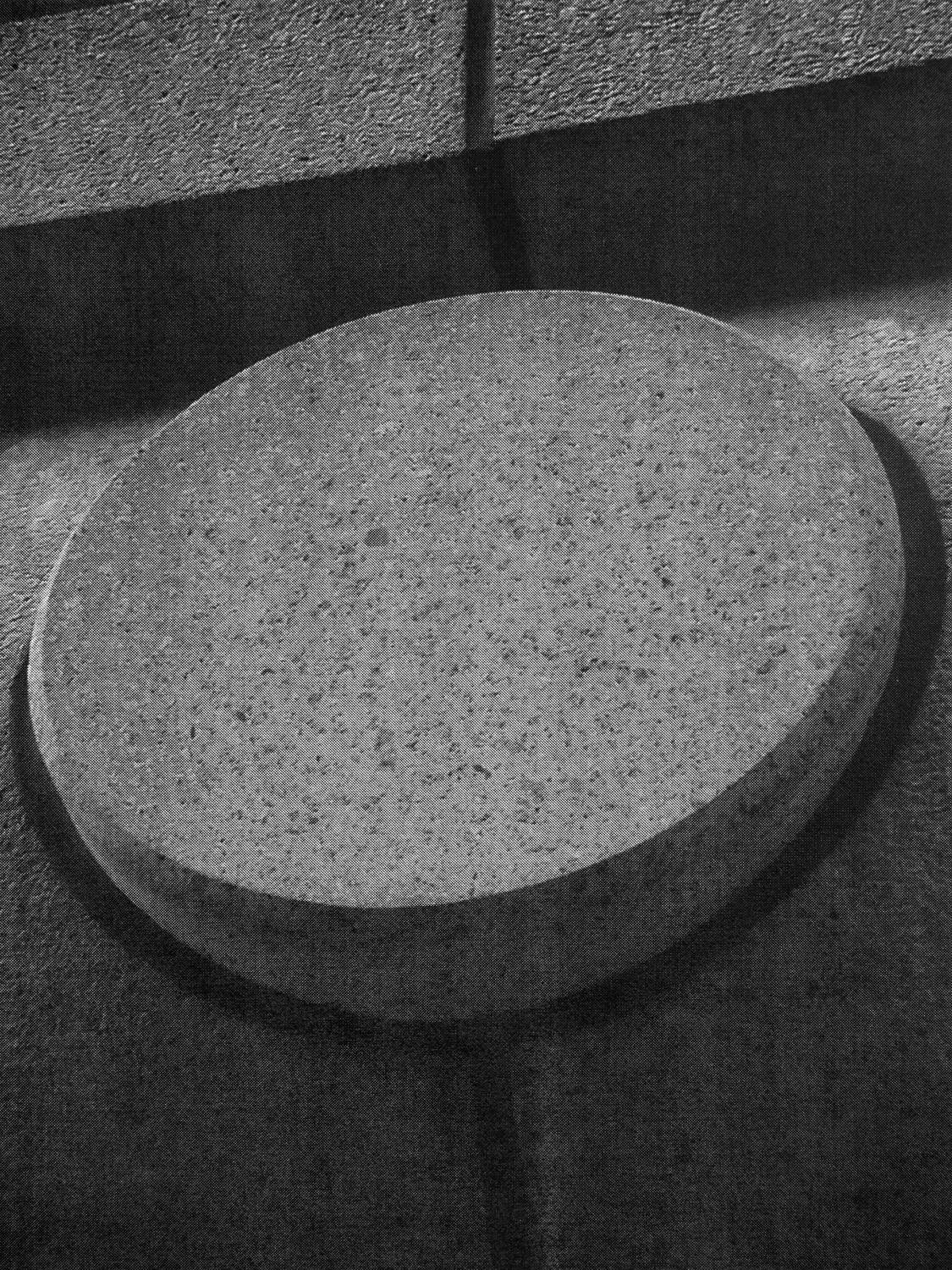Debate / Rondetafelgesprek / Games
Immobilier Emblématique
On the occasion of archiweek, City3 picks up on the theme of the maligned yet not unimportant office architecture of the 1970-80-90s in the European Quarter. In a round table discussion, together with architect Dieter Leyssen (51N4E), Ans Persoons (alderwoman for urbanism of the City of Brussels), researcher Dennis Pohl (TU Delft), architect Sophie Dars (Accattone) and urban planners Pierre Lemaire (perspective.brussels) and Diego Luna Quintanilla (BUUR), they will take stock of the situation and explore the relevance and possible futures for the buildings.
The round table discussion will take place in StamEuropa, an office building temporarily refurbished by 51N4E, on Sunday October 17 at 15:00. In the same venue you can visit the exhibition Immobilier Emblématique with images by photographer Bertrand Cavalier on the same topic of the late 20th century office architecture in the European quarter. An interactive walk can be joined on Sunday October 17 at 13:00 with StamEuropa as a starting point.
The European Quarter in Brussels has been the subject of architectural and urban planning debates for decades. Ever since the 1970s, the demolition of the once graceful and stately Leopold Quarter has been cause for regret, and the seizing of the neighbourhood by real estate developers, who invested in lucrative office buildings without any concern for the architectural heritage of the 19th century, was often criticised. Ironically, many of the office buildings erected in the 70-80-90s now seem to suffer the same fate of carefree demolition and conversion. Ambitious plans for the redevelopment of the neighbourhood have been underway for several years now, and a new generation of project developers is ready to exploit the drawn up plans and guidelines towards all kinds of lucrative new projects. A question that is given little attention remains: what of the late 20th century architectural patrimony of office buildings that now (dis)graces the European Quarter? The office buildings erected in the second half of the 20th century may well have been the object of sharp criticism, classified as grey concrete architecture of the bureaucratic consensus. But neither are they without any architectural or historical value. Among the office buildings that currently define the image of the European quarter, there are also some striking buildings, often designed in a Post-Modern or generic International Style. While many of the less acclaimed office buildings from the 1970s and 1980s have meanwhile acquired a certain patina, or have become interesting physical witnesses of a bygone building era.
